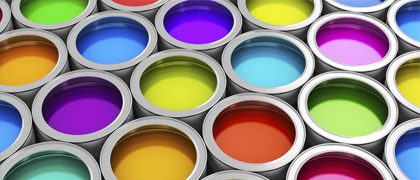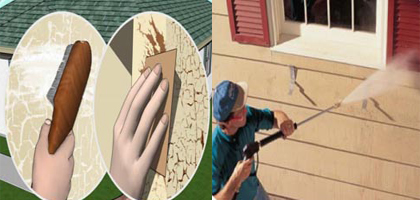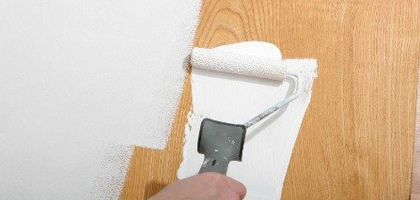
Exterior Painting

Blueyacht Home Protect specialize in residential, commercial exterior and interior painting. We have successfully completed over a hundred of exterior painting jobs on both old and new buildings, apartments, houses, offices, restaurants, schools, colleges and factories. While the exterior painting is differs from interior painting, you can be sure exterior painting project will be handles with almost care with complete satisfaction.
Preparation for Exterior painting:
-
1
Exact measurement by Laser tools and budgeting: Measuring buildings is a task often delegated to the professionals, but with the right tools and guidance, we can measure both the exterior and interior of a building.
A quote is generally based on the cost of materials plus time billed at various wage scales. Free, accurate, suitable for budget.
Choose a right color by sampling: Paint with a color that complements your home’s style and history. Stay true to the integrity of your home’s original design and historical intent. For instance, Victorian homes traditionally feature bright, vibrant hues, while Contemporary homes usually feature neutral colors.

-
2
Protection working area: Protect house’s exterior fixtures, like lights, landscaping shrubs and plants, from harmful water pressure. Cover with drop cloths or plastic covering and secure with duct tape.
The first step to painting well is to prepare your surface. Clean the surface thoroughly to remove dirt, chalk, dust and residual particles of previous paint. This can be done by scraping your walls with a wire brush and jet washing with water. If there are cracks, dampness and algal growth on the surface, please refer to the steps outlined in the Pre-painting section to address them. If there are loose particles on your wall or if your wall surface is highly absorbent, we recommend that you apply a coat of Exterior Sealer.

However, if your wall is crumbling you may have to re-plaster. Due to the presence of lime in plaster, freshly plastered surfaces are highly alkaline in nature. Painting immediately over such surfaces can cause problems like patchiness and lime blooming on the paint film later. We recommend that you allow freshly plastered surfaces to cure properly with water for at least 4 weeks before painting.
-
3
Primer Application: Once the putty is dry, you need to apply a primer to prepare your walls for painting. The primer makes sure that there is better adhesion of the paint film to the wall. It provides an additional layer of protection to the surface being painted. And finally, it increases the durability of the paint.

-
4
Paint application: After the application of one coat of paint, ensure that you allow it to dry for approximately 4-6 hours before applying the next coat. Even though the surface may appear dry to touch in less than an hour, it is important that the required time is given for the paint film to dry completely. If not, there is a very strong possibility of blister formation and poor adhesion. Again, the required drying time is given on the paint pack.

All set to apply the top coat for greater protection and better finish, we applies at least two coats of paint on vertical surfaces. For horizontal surfaces like parapets, sun-shades and ledges we recommend three coats and apply three coats of paint for darker shades as well.










